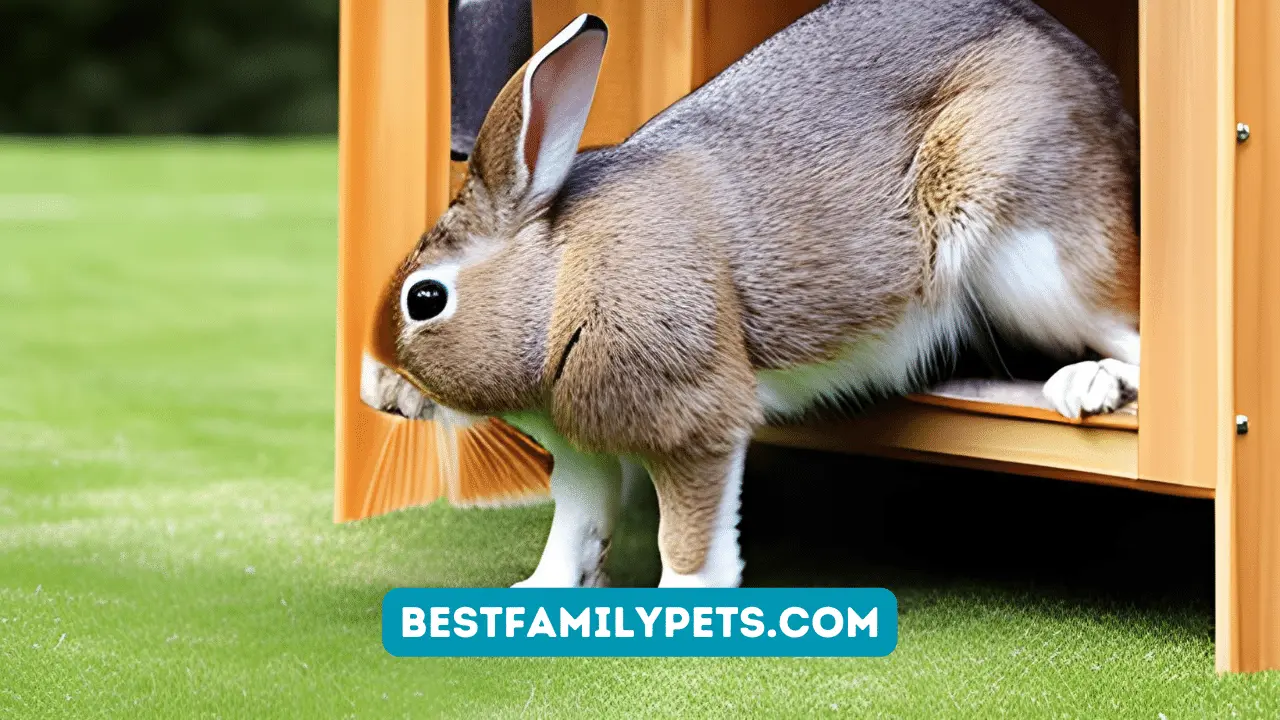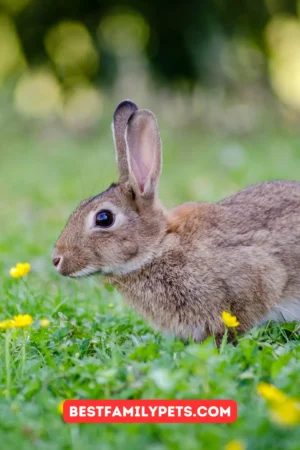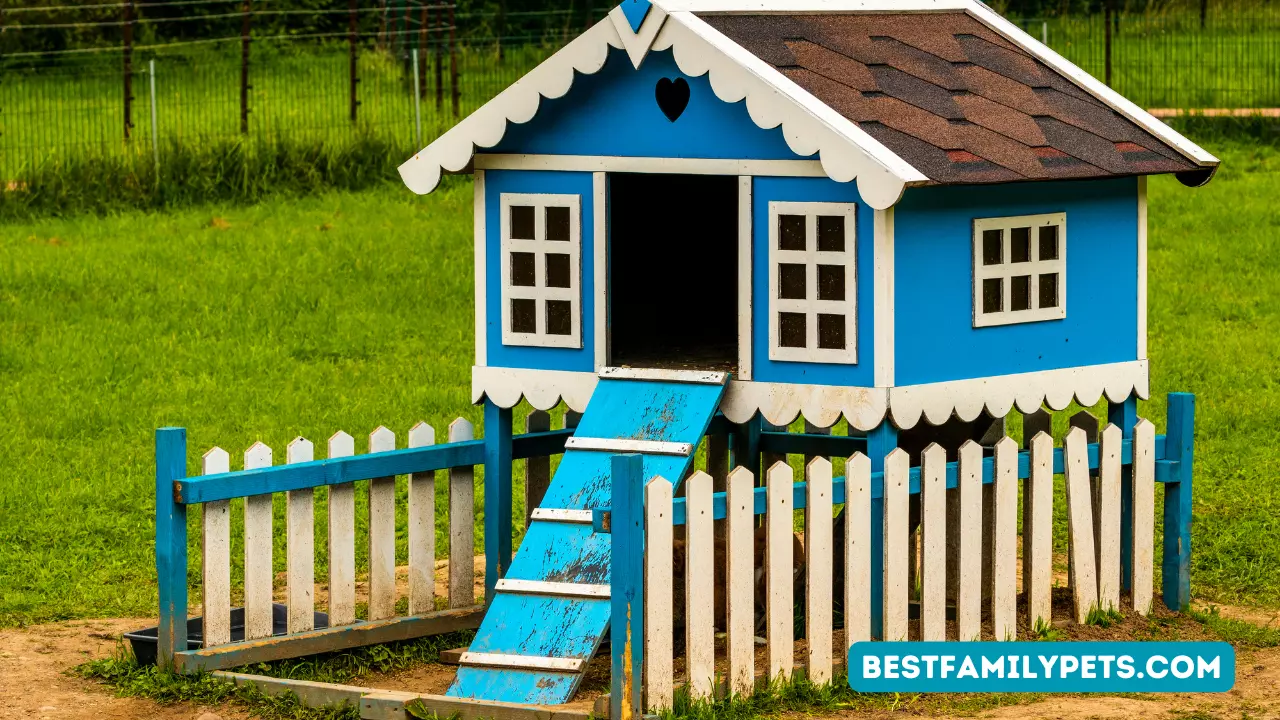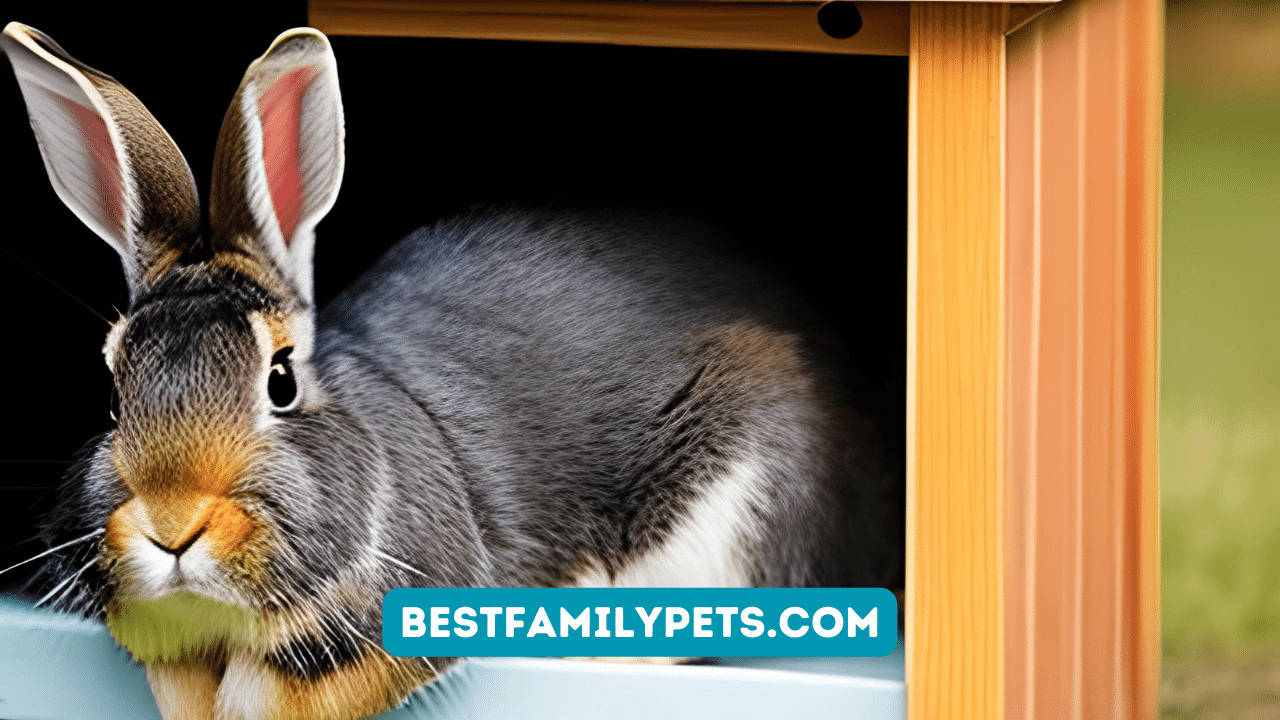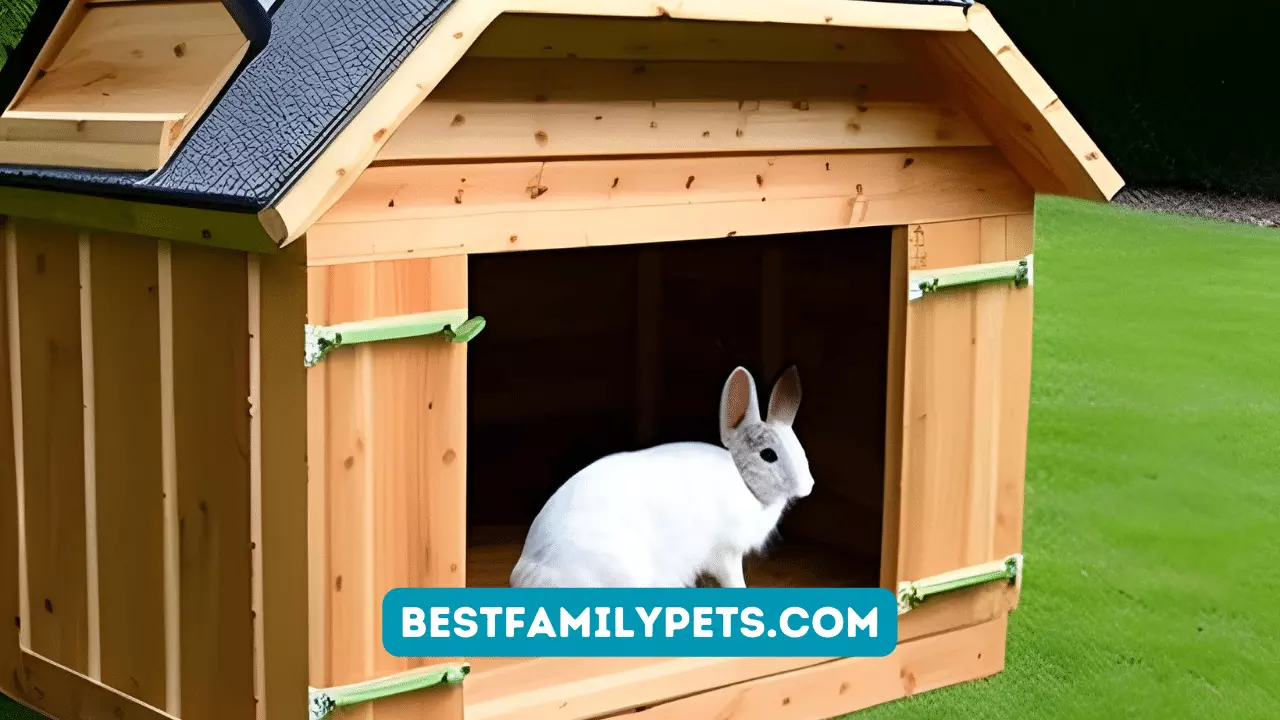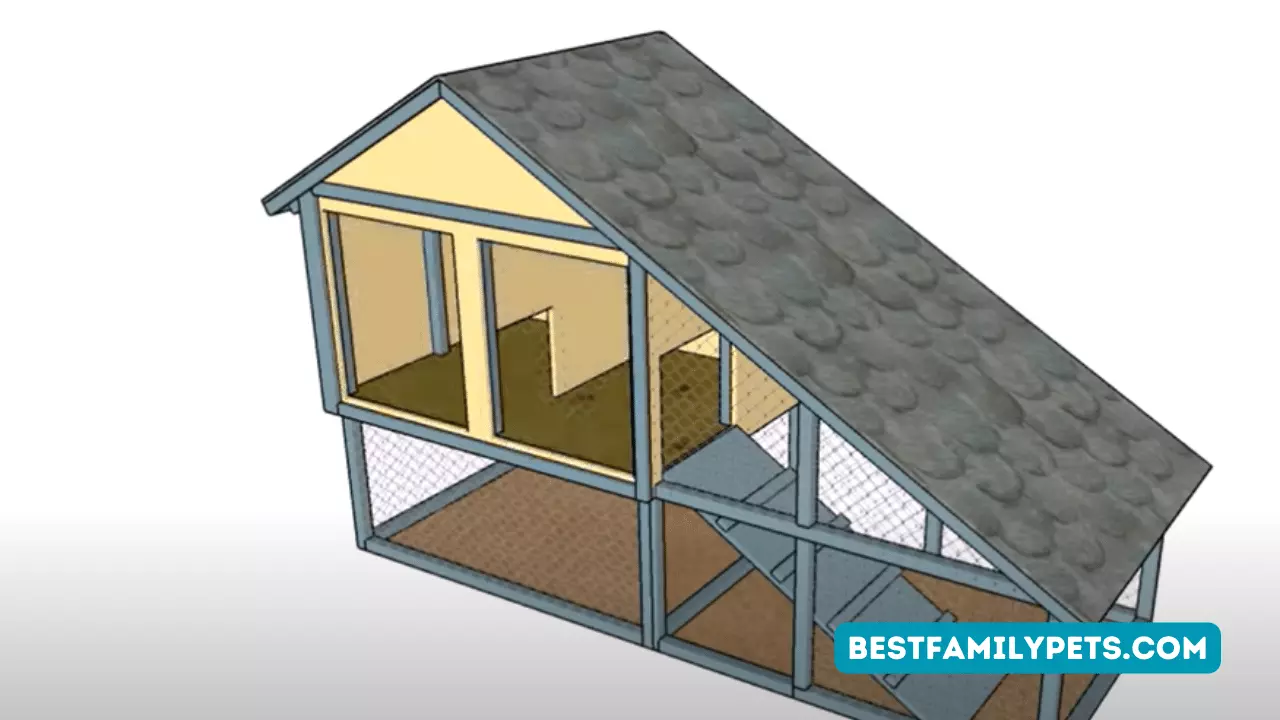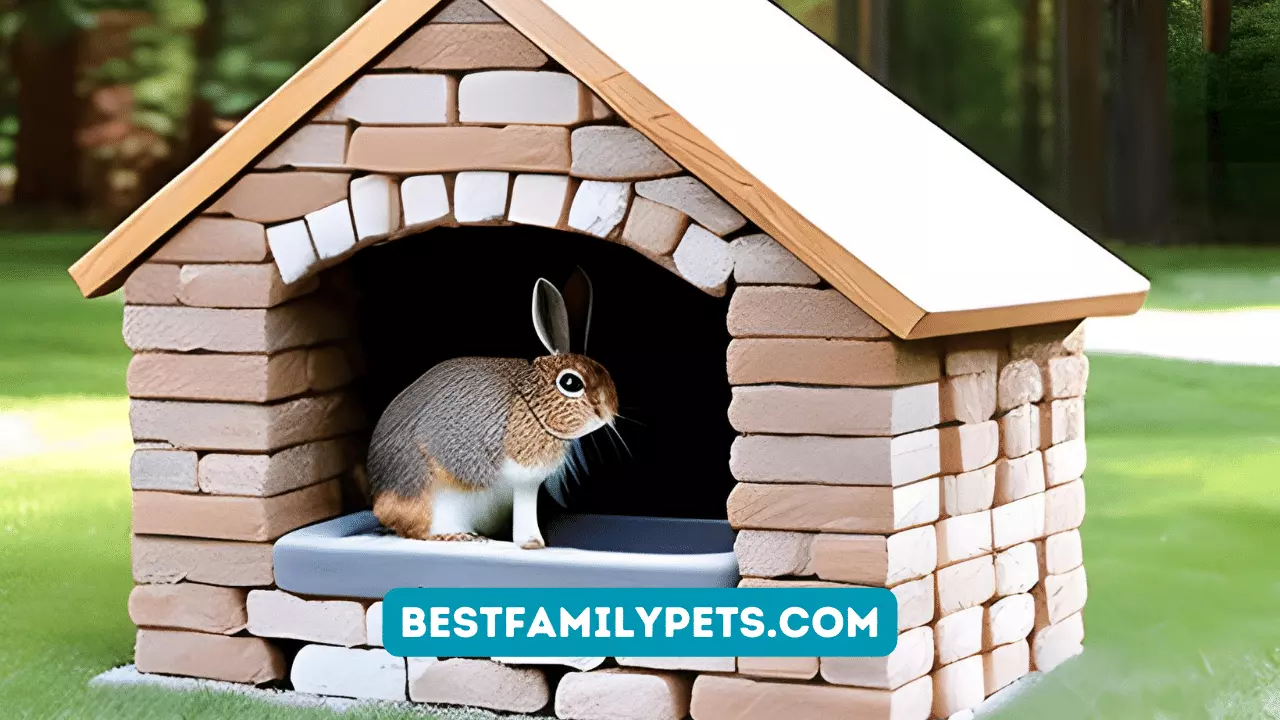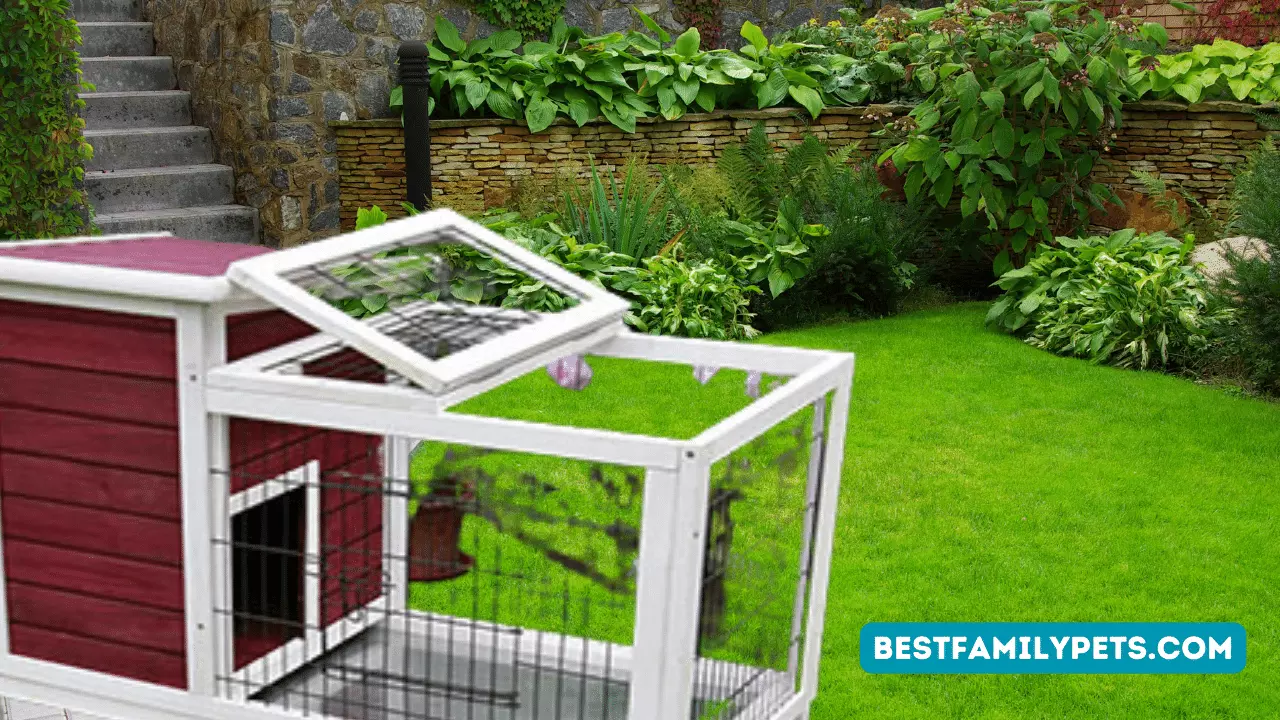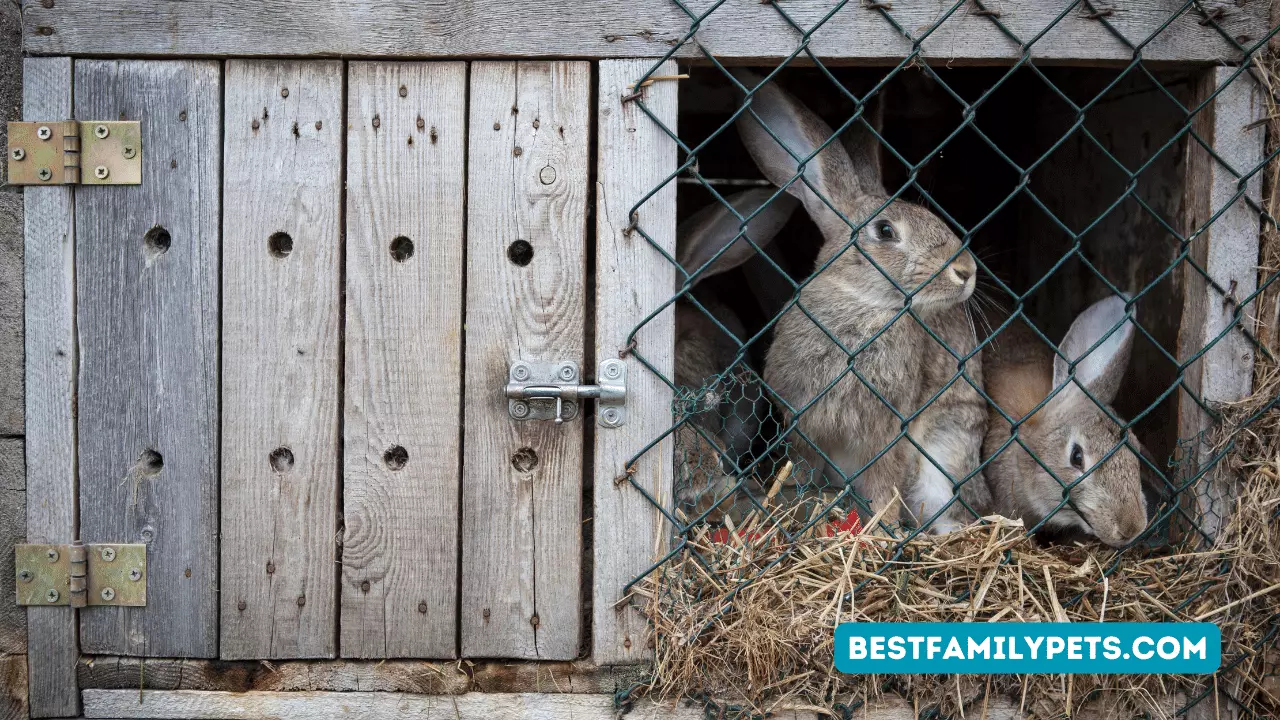Rabbit Hutch Liners vs. Traditional Bedding: Which Is Right for Your Bunny?
Choosing the perfect bedding for your bunny? Discover the pros and cons of Rabbit Hutch Liners vs. Traditional Bedding now!
When it comes to choosing the best bedding for your rabbit, many owners find themselves unsure of which option will provide the ideal combination of comfort, hygiene, and convenience. While traditional bedding materials like aspen or wood shavings have been popular choices for rabbit enclosures, fleece liners have emerged as a trendy alternative in recent years. In this article, we will explore the differences between fleece liners and traditional bedding for rabbits, as well as their respective benefits and drawbacks, to help you make an informed decision for your furry friend.
Understanding Fleece Liners and Bedding for Rabbits
Fleece liners are soft, warm, and comfortable materials commonly used as bedding for rabbits. This thick and absorbent material can be reused, providing a cozy environment for your pet. On the other hand, traditional bedding options for rabbits include materials such as paper pellets or wood shavings, which also offer warmth and comfort.
Choosing the right bedding is crucial for protecting your rabbit’s feet, ensuring their warmth and comfort, and providing a safe environment. It’s important to consider factors such as absorbency, safety for ingestion, dust levels, and comfort when selecting bedding for your rabbit’s enclosure. Let’s delve into these considerations in more detail.
Factors to Consider When Selecting Bedding for Your Rabbit
- Safe to ingest: Rabbits have a natural tendency to chew or nibble on everything, including their bedding. Therefore, it’s crucial to provide a bedding material that is safe for consumption. Most wood-based rabbit beddings are edible, but it’s important to avoid cedar shavings, as they contain toxic chemicals that can harm your rabbit’s health. Cat litter should also be avoided unless it’s made of compressed wood or paper pellets.
- Absorbent: Rabbit bedding should have good absorbent properties to effectively manage urine and maintain a fresh environment in your rabbit’s enclosure. Regularly swapping out soiled bedding ensures a clean and comfortable space for your rabbit.
- Differentiate from litter box: It’s important to use different bedding materials for the rabbit’s enclosure and litter box to prevent confusion. Clear separation helps your rabbit understand where to sleep and where to eliminate waste.
- Dust-free: Providing dust-free bedding is essential, as dust from certain materials can lead to respiratory issues in rabbits. Aspen shavings are a preferred option for wood bedding, as they are dust-free, odor-free, and lack aromatic oils or phenols that could harm rabbits.
- Comfortable: Rabbits appreciate soft, warm, and comfortable bedding. Bedding made from natural materials offers the highest level of comfort and is generally more cost-effective than extensively processed alternatives.
These are general factors to consider when selecting bedding for rabbits. However, it’s important to keep in mind that rabbits have different needs based on their life stages. Therefore, it’s essential to choose bedding that caters to your pet’s specific requirements.
Fleece Liners vs. Bedding for Your Rabbit
Fleece liners have gained popularity in recent years, sparking a debate on whether they are superior to traditional bedding options such as paper or wood shavings. To determine which option is better for rabbits, let’s compare fleece liners and regular bedding for rabbit enclosures.
1) Soft and Comfortable
Fleece liners are softer, warmer, and more comfortable compared to regular bedding materials like paper or wood shavings. Rabbits prefer smooth surfaces, and the softness of fleece liners provides a high level of comfort, especially for their delicate bodies. Additionally, rabbits have sensitive feet and are prone to foot issues like bumblefoot or hock sores. Fleece liners, being soft and gentle, are an excellent choice for minimizing these risks.
While bedding made of natural paper, aspen, or kiln-dried pine is also cozy and comfortable, it falls slightly short in terms of overall comfort compared to fleece liners.
2) Absorbent
High-quality fleece liners have excellent absorbent properties and can be as effective as regular bedding when it comes to managing moisture. Numerous popular brands offer fleece liners specifically designed for rabbits, ensuring optimal moisture control in their enclosures. Additionally, you can enhance absorbency by adding towels or puppy pads as an extra layer.
Regular bedding options like high-quality straw beddings are also soft and absorbent, but they might be harder to find than hay.
3) Washable
One significant advantage of fleece liners is their washability, which is not possible with paper or wood shavings due to the nature of their materials. With fleece liners, you can reuse the bedding multiple times, resulting in long-term cost savings. On the other hand, other bedding options require frequent replacement, leading to additional expenses.
4) Messiness
Using fleece liners as bedding eliminates the possibility of a messy enclosure. In contrast, paper, pine, and wood shavings can become messy over time, often within a couple of days. With properly prepared fleece liners, maintenance becomes much simpler. A quick spot clean during the week followed by regular laundry ensures a clean environment for your rabbit.
Wood shavings, when used as bedding, can make the enclosure and your house dirty and messy, requiring more effort to maintain cleanliness.
5) Dust
Fleece liners do not contain dust, which is a common concern with paper, pine, or wood shavings of inferior quality. Excessive dust can lead to respiratory problems and difficulties in breathing for rabbits. Fleece liners are an excellent choice for rabbits and owners who have allergies, as they are dust-free and don’t pose respiratory risks.
6) Cost-effectiveness and Reusability
While the initial cost of fleece liners may be higher compared to disposable bedding options, the fact that they can be washed and reused eliminates the need for future purchases. In contrast, using wood or paper shavings necessitates frequent replacement, resulting in ongoing costs.
7) Durability and Environmental Friendliness
Due to their reusability, fleece liners bedding lasts longer than other types of bedding. However, regular maintenance is necessary, including regular poop picking and cleaning up any wet areas to prevent odors. If properly cared for, fleece liners can provide excellent durability. Moreover, fleece liners offer an environmentally friendly option as they can be hand-washed and air-dried, reducing waste compared to buying and discarding other bedding options.
8) Added Scent
Fleece liners are free from added scents, volatile oils, or aromatic compounds since they are made from fibers. Pine or wood shavings, however, may still contain volatile oils if not processed correctly. The scent from these oils can be harmful to rabbits, potentially causing respiratory infections or other serious health problems. Fleece liners eliminate this concern entirely.
9) Hygiene
Fleece liners, when properly cleaned and pre-treated, can effectively eliminate unpleasant odors. Using high-quality fleece liners and maintaining regular cleaning routines ensure a clean and hygienic bedding environment for your rabbit. Additionally, fleece liners’ excellent moisture absorption properties help prevent bacterial and fungal infections that other types of bedding may not address.
Advantages of Fleece Liners over Traditional Bedding
Fleece liners offer several advantages over traditional bedding for rabbits:
- Non-allergic: Fleece liners are an excellent choice if your rabbit has allergies. They are dust-free and pose no respiratory issues for your pet.
- Pocket-friendly: While the initial cost of fleece liners may be higher, the ability to wash and reuse them eliminates the need for frequent purchases of wood or paper shavings.
- Ease of cleaning: Fleece liners are easy to keep clean. With proper preparation and regular spot cleaning, maintaining hygiene becomes simple. Weekly laundry is usually sufficient to keep the fleece liners fresh.
- More hygienic: Fleece liners provide a more hygienic environment compared to traditional bedding. Regular cleaning and pre-treatment effectively eliminate odors, while their moisture-absorbent properties prevent bacterial and fungal infections more effectively.
- Gentle for rabbits: Rabbits are sensitive animals, particularly when it comes to their feet. Fleece liners provide a soft and gentle surface that minimizes the risk of foot-related diseases like bumblefoot.
- Eco-friendly: If you’re looking for an environmentally friendly option, fleece liners are a great choice. They can be washed by hand and air-dried, reducing waste and minimizing the use of washing machines and tumble dryers.
- Trendy: Fleece liners have become trendy in recent years, with a wide range of options available online. You can find fleece liners bedding, liners, hammocks, and snuggle sacks to suit your rabbit’s preferences.
Drawbacks of Fleece Liners compared to Traditional Bedding
While fleece liners offer numerous benefits, there are a few drawbacks to consider:
- Not suitable for outdoor rabbits: Fleece liners are not recommended for outdoor rabbits. Outdoor enclosures are harder to clean and maintain proper hygiene, making fleece liners less practical for such environments. Kiln-dried pine or aspen shavings are preferable options for bedding outdoor rabbits.
- Odor if not properly washed or cleaned: If not cleaned or washed frequently enough, fleece liners can develop an unpleasant odor. Proper maintenance, including daily poop picking and washing at least twice a week, is necessary to prevent odor buildup. In contrast, traditional bedding doesn’t require washing, only periodic replacement.
- Higher price and maintenance: Fleece liners are initially more expensive than other bedding options, making them a bigger investment. Additionally, fleece liners require more frequent cleaning and spot cleaning compared to disposable bedding materials.
- Chewing concerns: If your rabbit tends to chew a lot, fleece liners may not be the best option. Ingesting fleece liners can lead to health issues such as intestinal blockages or gastrointestinal stasis. Layering additional materials like hay or aspen shavings on top of the fleece liners can make the bedding more absorbent and safer for rabbits that chew excessively.
- Less durable: Frequent washing and use of fabric conditioners may reduce the absorbency of fleece liners over time. It’s important to avoid using softeners and wash fleece liners at higher temperatures to maintain their effectiveness. Using a horse bag to contain the fleece liners during washing can also protect your washing machine from rabbit hair and other particles.
Other Bedding Options for Rabbits
Apart from fleece liners and traditional bedding options, several other materials make excellent choices for rabbit bedding:
- Paper-based bedding: Compressed paper, packed paper pellets, or shredded paper bedding can be excellent options for your rabbit. However, avoid using newspapers due to the potential presence of toxic inks, dyes, tape, glue, or labels. Shredded paper or paper pulp bedding are safer alternatives. Paper bedding is affordable, soft, readily available, highly absorbent, and dust-free, making it suitable for both indoor and outdoor rabbits.
- Hay bedding: Hay, a staple in a rabbit’s diet, can also double as bedding material. It provides warmth and comfort while ensuring a constant supply of food. However, hay is not very absorbent and needs to be changed frequently.
- Pine shavings: Heat-dried pine shavings can be a safe bedding option for rabbits. They are soft, warm, and absorbent, and the harmful oils and phenols are eliminated during the drying process. High-quality heat-dried pine shavings provide a secure choice for rabbit bedding.
- Aspen shavings: Aspen shavings are considered the best wood bedding option for rabbits. They are dust-free, odor-free, and do not contain aromatic oils or phenols that may harm rabbits. While they may be slightly more expensive than other bedding options, their softness and absorbent properties make them an excellent choice.
- Wood pellets: Wood pellets are highly absorbent and safe for rabbits, even if they nibble on them. During the pellet compression process, harmful oils and phenols are eliminated. Wood pellets produce minimal dust and provide an effective bedding option.
- Straw bedding: Straw, while similar to hay, serves a different purpose. It is primarily used for bedding rather than food. Straw bedding is natural, safe, and cost-effective. However, it contains dust and is less absorbent. Compressed or dust-free straw shavings are recommended for better quality bedding.
Conclusion
In the debate between fleece liners and traditional bedding options for rabbits, fleece liners offer several advantages in terms of safety, absorbency, hygiene, and environmental friendliness. They provide a warm, hygienic, and comfortable environment for rabbits, making them a popular choice for indoor enclosures.
However, traditional bedding options have their own merits, such as ease of ingestion for rabbits, suitability for outdoor use, lower cost, and less daily maintenance. Ultimately, the choice between fleece liners and traditional bedding depends on your rabbit’s specific needs, preferences, and living conditions.
Remember to prioritize your rabbit’s comfort, safety, and well-being when selecting bedding, and consider consulting with a veterinarian or experienced rabbit owner for further guidance.
-

How to Choose a Rabbit Hutch: A Guide for Happy Hoppers
Unveiling the secrets to selecting the perfect rabbit hutch! Learn about sizing, materials, features, and more to create a happy home for your furry friend. #HowToChooseARabbitHutch
-



Is Buying a Second-Hand Rabbit Hutch a Good Idea?
Considering a second-hand rabbit hutch? Get expert advice and make the right choice for your furry friend. Read our guide now!
-



Trixie Natura Rabbit Hutch With Outdoor Run
Give your bunny a happy home! Trixie Natura Hutch + Outdoor Run: Top Features & Must-Know Considerations!
-



Rabbit Hutches, Cages & Houses for Sale in Melbourne
Explore a wide range of rabbit hutches, cages, and houses for sale in Melbourne. Provide your furry friend with a comfortable home today
-



The Great and Small Rabbit Hutch: Finding the Perfect Fit
Give your furry friend the perfect home! Find the ideal rabbit hutch, big or small, with our expert guide. Start shopping now!
-



Is a 4-Foot Rabbit Hutch the Right Size for Your Pet?
Is a 4-foot rabbit hutch enough for your furry friend? Get expert advice and find the perfect size for your bunny. Read our guide now!
-



Rabbit Hutch Ideas: Simple and Low-Cost DIY Options
Get creative with our DIY rabbit hutch ideas! Simple and low-cost options for a happy and healthy bunny. Start building your hutch today!
-



Blueprint for Success: Building the Perfect Rabbit Hutch
Blueprint, Blueprint for rabbit hutch, Custom Rabbit Cage, DIY rabbit hutch, Outdoor rabbit habitat, Pet Rabbits, Rabbit HutchBuild the ultimate home for your bunny! Follow our blueprint for success and create the perfect rabbit hutch. Get started today
-



Free Rabbit Hutch Plans: A Comprehensive Review and Step-by-Step Guide
Discover a comprehensive review and step-by-step guide for free rabbit hutch plans. Build the perfect home for your furry friends!
-



Winterizing Rabbit Hutch: Creative DIY Thermal Cover Solutions for Rabbits & Chickens
Winterize your rabbit hutch with creative DIY thermal cover solutions for rabbits and chickens. Keep your furry friends cozy and warm!
-



Brick Rabbit Hutches: Pros and Cons
Are brick rabbit hutches right for you? Explore the pros and cons with our comprehensive guide. Make an informed decision and shop now!
-



Top 34 Rabbit Hutches for Sale
Discover the top 34 rabbit hutches for sale. Provide your furry friend with a cozy and comfortable home they’ll love.
-



Rabbit Hutch Liners vs. Traditional Bedding: Which Is Right for Your Bunny?
Choosing the perfect bedding for your bunny? Discover the pros and cons of Rabbit Hutch Liners vs. Traditional Bedding now!



